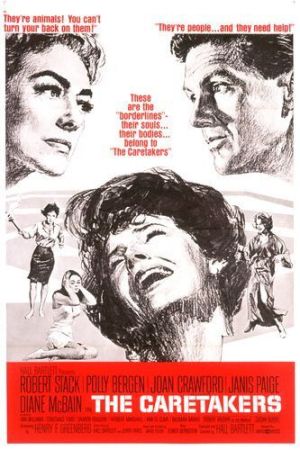Welcome to Retro Television Reviews, a feature where we review some of our favorite and least favorite shows of the past! On Wednesdays, I will be reviewing the original Love Boat, which aired on ABC from 1977 to 1986! The series can be streamed on Paramount Plus!
Come aboard, they’re expecting you!
Episode 4.7 “The Horse Lover/Secretary to the Stars/Julie’s Decision/Gopher and Isaac Buy a Horse/Village People Ride Again”
(Dir by Roger Duchowny, originally aired on November 22nd, 1980)
Well, let’s see who is sailing on the Love Boat this week….
Uh-oh.
That’s right! This week, The Village People are taking a cruise! The disco group boards the boat while singing — you guessed it — In The Navy. Captain Stubing is a huge fan of the Village People and he’s excited to learn that they will not only be sailing on the boat but they will also be performing their new song, Magic Night. Stubing mentions that he wishes he could be a village person. He’s already got a hat! And he’s served in the Navy! Stubing never gets around to whether or not he spent the night at YMCA and that’s probably a good thing.
This week, the boat is sailing to Acapulco for the Acapulco Steeplechase. The Village People have entered a horse in the race, one that will be ridden by the Indian. Gopher and Isaac have also bought a horse and entered it into the race. They name the horse “Captain Stubing” and they go through a lot of trouble to keep the real Captain Stubing from finding out that they have snuck the horse on board. The thing is, though — there are a lot of horses on board! Nearly every passenger has brought a horse with them and the boat actually has a stable to hold them all during the cruise. I’m not really sure why it’s a problem for Gopher and Isaac to have a horse, other than the fact that they both spend a lot of time checking in on the horse. “Where is my crew!?” Stubing demands, while looking around the ship.
Paul Willis (Alan Ludden) is traveling with both his horse and his wife, Louise (Betty White). Louise is upset that Paul seems to care more about the horse than her. Louise even considers having a fling with Cliff (David Doyle), a man who wants to buy Paul’s horse.
Meanwhile, wealthy playboy Bret Garrett (Robert Stack) boards the ship and immediately falls in love with Julie. Despite a 30-year age difference, Bret asks Julie to marry him. This is the fourth or fifth times that a passenger has proposed to Julie during the course of a cruise. Julie is happy but the crew worries that Bret might be too worldly and chronically unfaithful for Julie.
Finally, movie star Kim Holland (Loni Anderson) puts on glasses and a brunette wig and pretends to be an Englishwoman named Doris, all in order to keep people from bothering her on the cruise. Tom Benson (Charles Frank) is obsessed, to an almost creepy extent, with Kim. But then he falls in love with Doris, who he believes to be Kim’s secretary. Tom fails to notice that 1) Doris looks just like Kim, just with glasses and brown hair and 2) Doris’s British accent doesn’t sound British at all. Instead, it sounds like an American trying really hard to sound British.
The Steeplechase is won, rather easily, by Paul. Both Gopher and the Indian end up getting thrown off their horses and they engage in a footrace to the finish line, for reasons that are not exactly clear. After the race, Paul finally realizes how much he’s been neglecting Louise and he sells the horse to Cliff. Meanwhile, Captain Stubing says that, next year, he’ll buy a horse with Gopher and Isaac and they’ll enter the horse into the race together. As for Bret, he realizes that he’s not right with Julie and he pretends to cheat on her so that she’ll dump him.
And what about Kim? Well, she tells Tom the truth and also reveals that her real name is June. “Kim, Doris, June,” Tom says, “I can’t wait to get to know all three of you.” Uhmm …. okay, not creepy at all. Anyway, Tom and Kim leave the boat together but, right this episode ended, Kim appeared on an episode of Fantasy Island, in which she was again single and looking to escape her fame. So, I guess she dumped Tom after a week. Good for her! Tom was super creepy.
Finally, all that is left to do is to say goodbye to the Village People.
This episode was an odd one. Robert Stack was charming as Bret, even if he didn’t have much chemistry with Lauren Tewes. Loni Anderson was fairly terrible as Kim, just as she would be on Fantasy Island. And the Village People …. I mean, where do I even begin? For a group associated with both disco and gay liberation, they came across as being an oddly dull collection of characters. Of course, it’s doubtful that the target audience of The Love Boat knew what In The Navy was about or even understood why the members of the group were costumed the way that they were. At one point, the Construction Worker even gives Julie an appreciate glance, as if the show’s producers were saying, “See, those rumors are just rumors!”
That said, I tend to like the odd episodes of The Love Boat and this episode functioned as a time capsule, if nothing else. All it needed was Charo and it could have been put in a museum!







